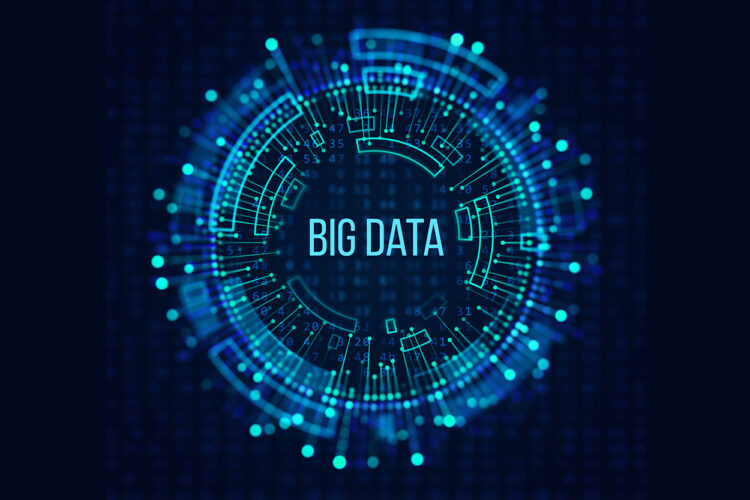In the last 30 years, the marketing industry has had to keep up and deal with constant and rapid changes in technology and the connection we have to it. The industry witnessed major changes through the years, first with the invention of the telephone, followed by the rise of television, but probably the biggest change in its history came once personal computers became commercially available. With the emergence of the internet, marketing entered its digital age.
Today, offline marketing is not as powerful and successful as it once was. Since the way people shop has changed drastically in recent years, marketing companies must keep up with and adapt to these changes as well. This means connecting with consumers on the internet, a place where a majority spends a lot of their time.
Any type of marketing that exists online is known as digital marketing, where businesses use social media, search engines, emails, and other websites to connect with consumers. Constant changes and development in technology make it difficult to predict the future of digital marketing, but we can learn about its history.
Let’s take a look at three major technological developments that shaped and changed digital marketing through the years.
The appearance of the Internet

The integration of the internet into everyday life has arguably had the biggest impact on the industry. With the launch of the World Wide Web project in 1991 and the appearance of the first browser in 1994, the number of web users rose from about 16 million to 70 million in just two years. Changes that came along like emails, search engines, and e-commerce sites became a goldmine for many businesses.
Email became a new marketing tool, while search engines enabled users to find products and services they wanted without even having to leave their homes by categorizing new websites. At that time, marketers started using various techniques like excessive tagging, backlinks, and keyword input in order to achieve high rankings.
Big Data

To this day, all online activity is stored as digital information. According to experts from DigitalMarketingJobs.com, digital information is the fastest-growing type of information produced and since there is so much of it, it is known as big data. Due to discoveries in data recording and storage technology, it has replaced all of its physical equivalents like paper, film, CDs, and DVDs, becoming a crucial and irreplaceable source of information for the marketing industry.
With the emergence of social media sites, as users started sharing more personal information, marketing strategies shifted to user-centered design, collaboration, and information sharing. Big data enabled the tracking of patterns and trends in society, and its role only increased over the years.
Smartphones

It is hard for many to imagine their life without their smartphone. It has become the number one device for going online, replacing personal computers. In 2007, smartphones entered the mass market, changing the way information is viewed and shared once again.
Younger generations pay special importance to relevance and personalization. Safari Digital advises that this can be achieved by using user-generated content or big data to create unique experiences for individuals and empower consumers. Thanks to this, marketers have an endless supply of creative input, making it easier to make a connection between brands and users.
Conclusion
Although the internet has brought major changes to the industry, old forms of marketing like television, newspapers, and magazines still carry weight. The answer to how to achieve a successful marketing campaign might be to embrace digital trends while integrating the traditional forms as well. If you want to learn more about digital marketing click here.
 Hi Boox Popular Magazine 2024
Hi Boox Popular Magazine 2024



